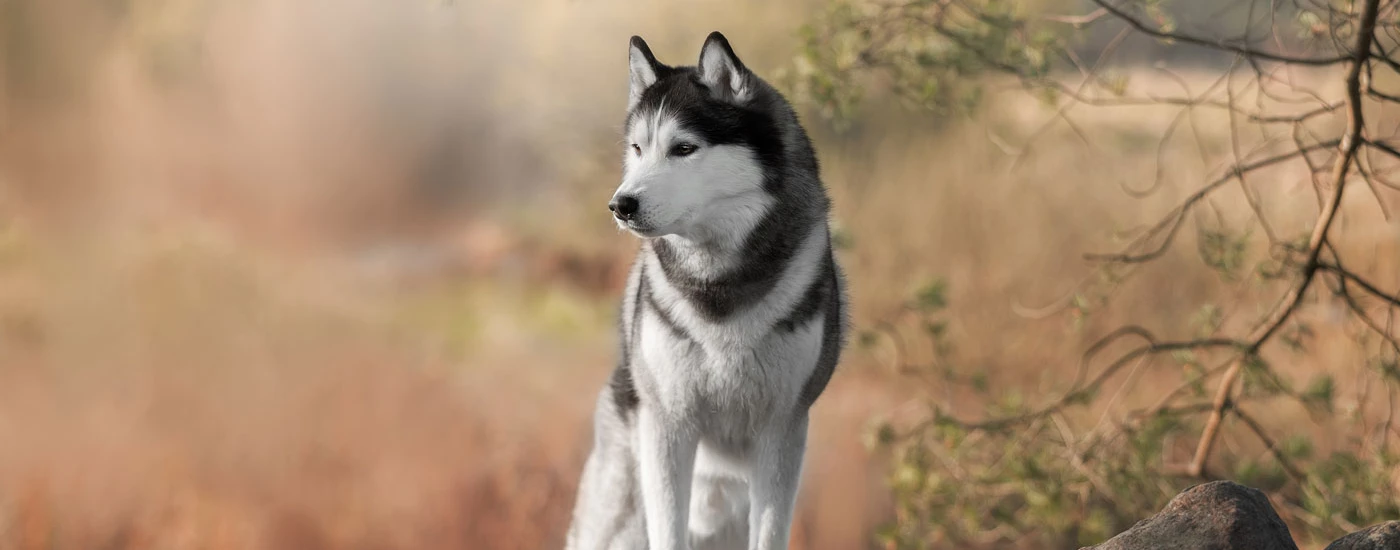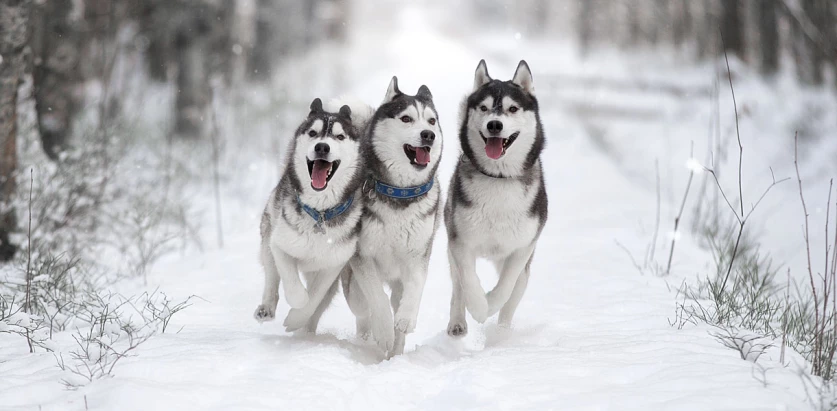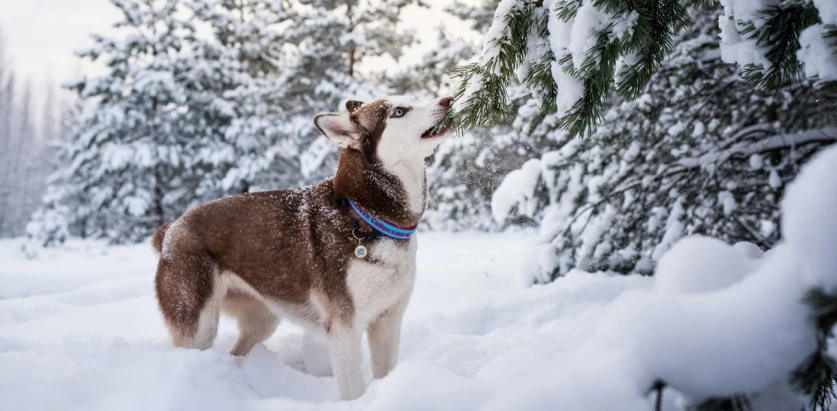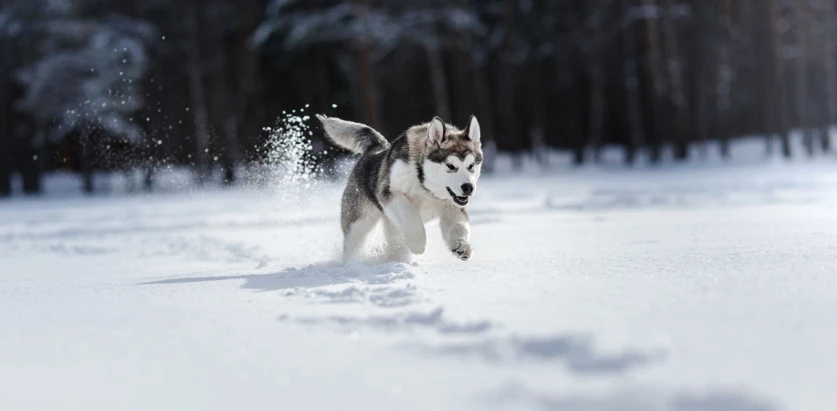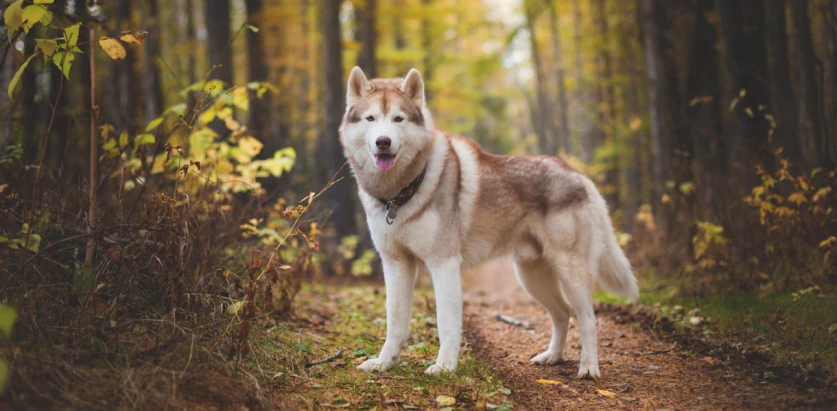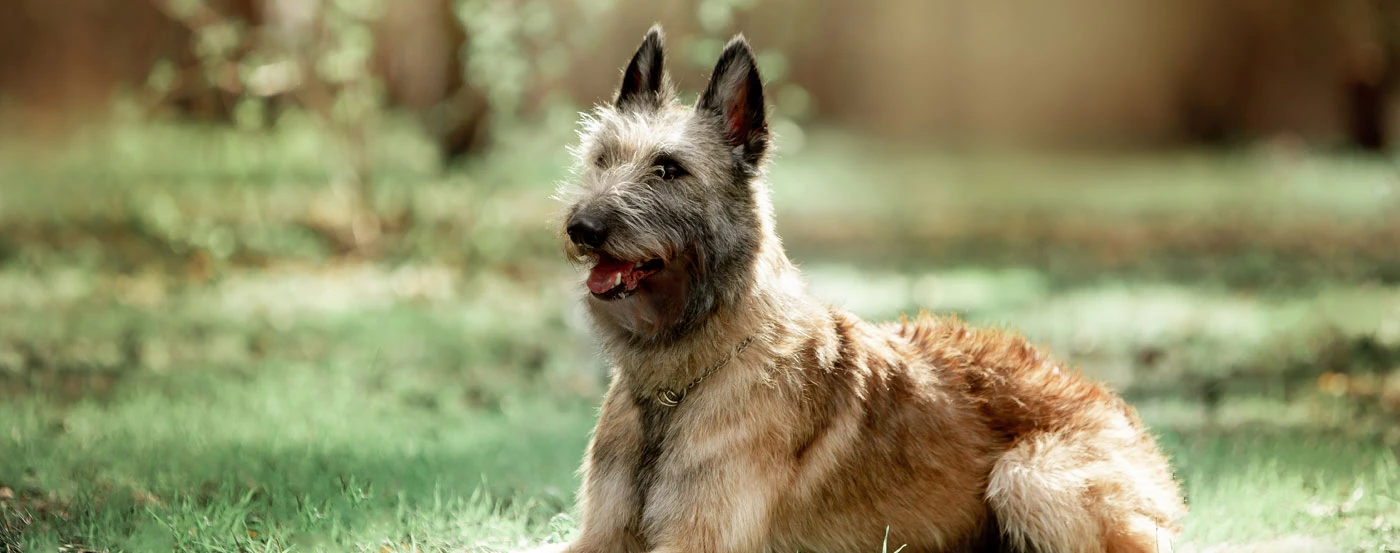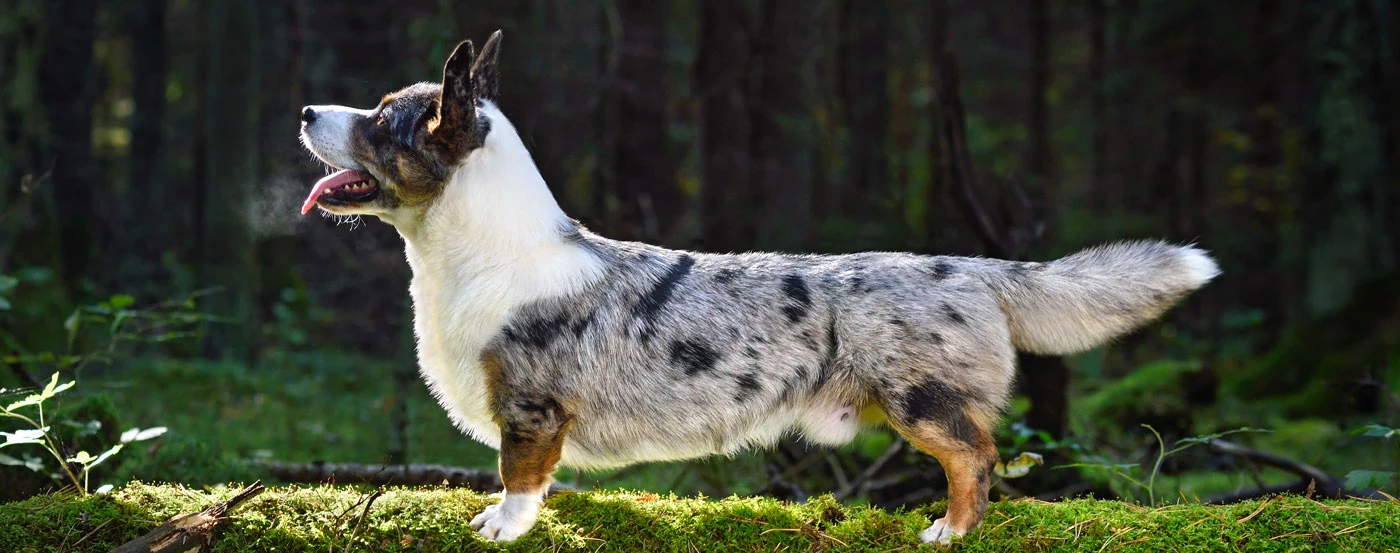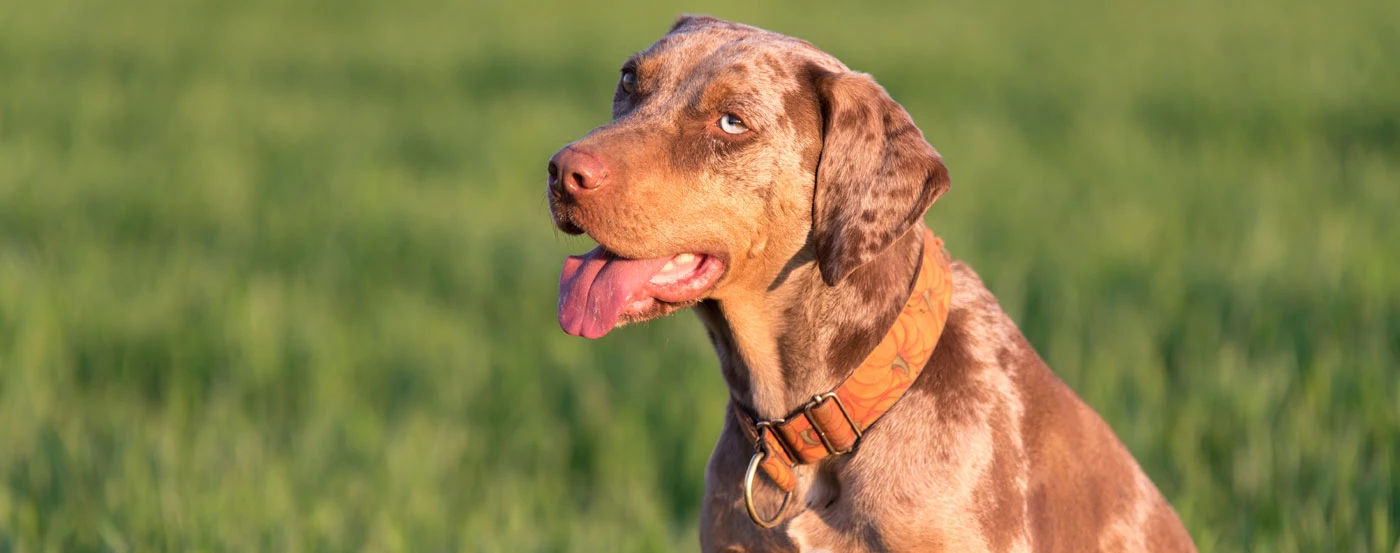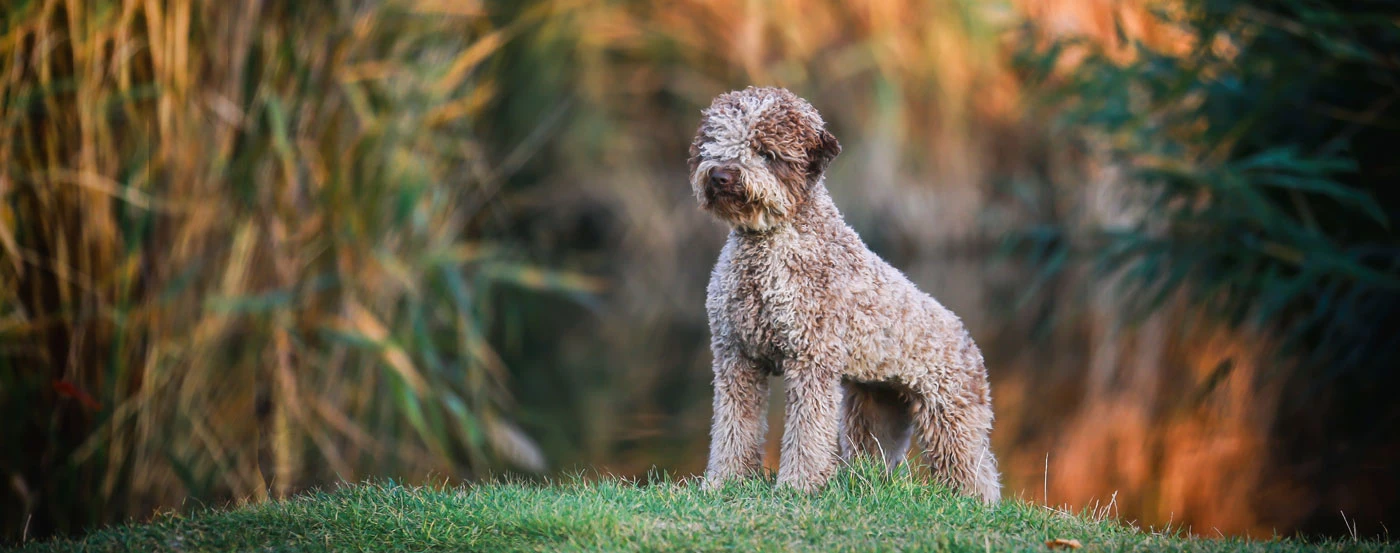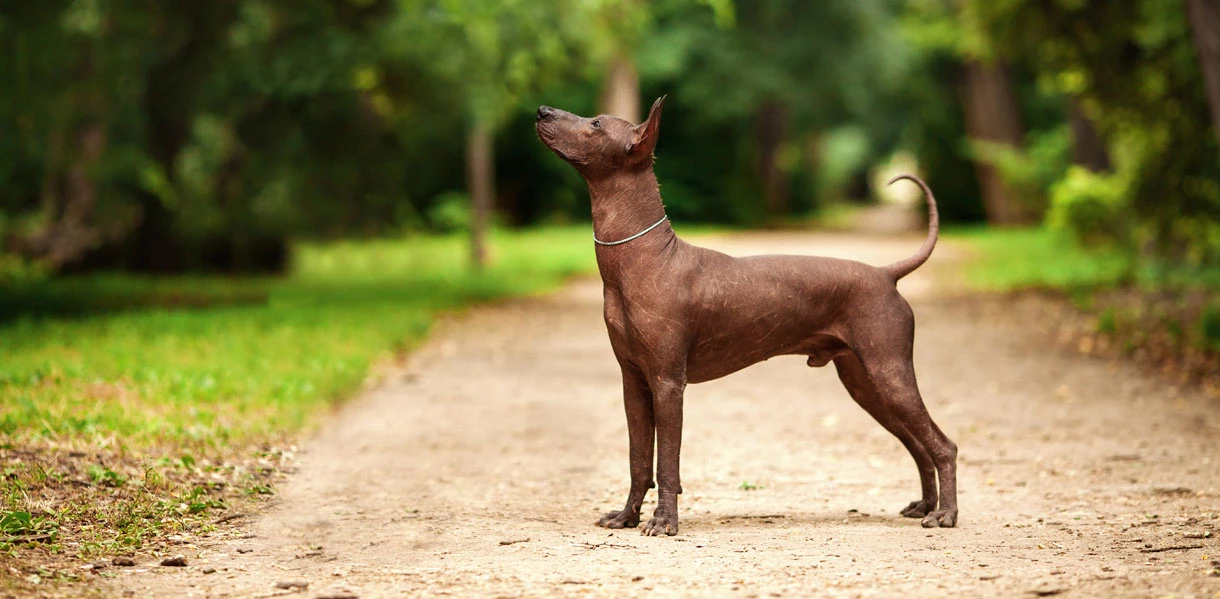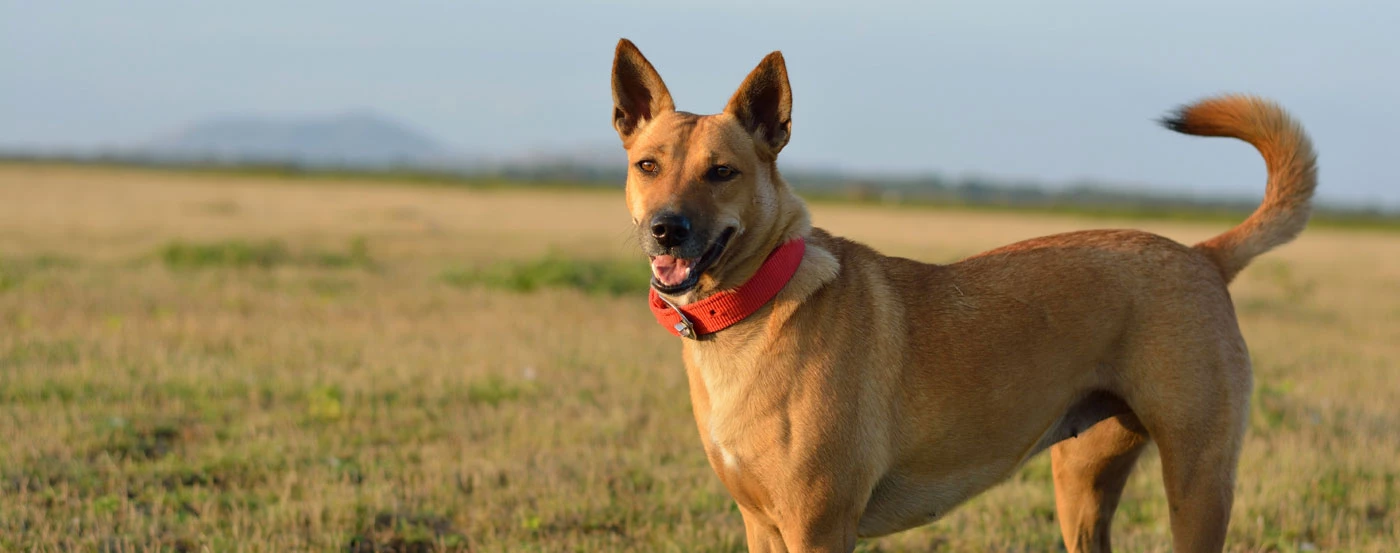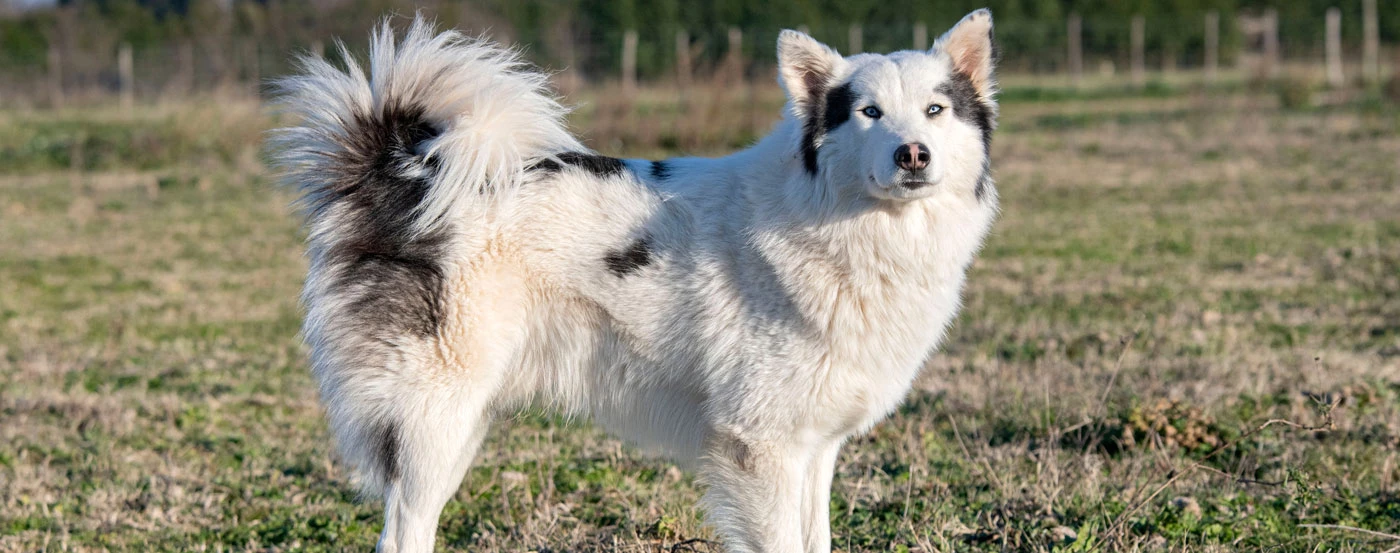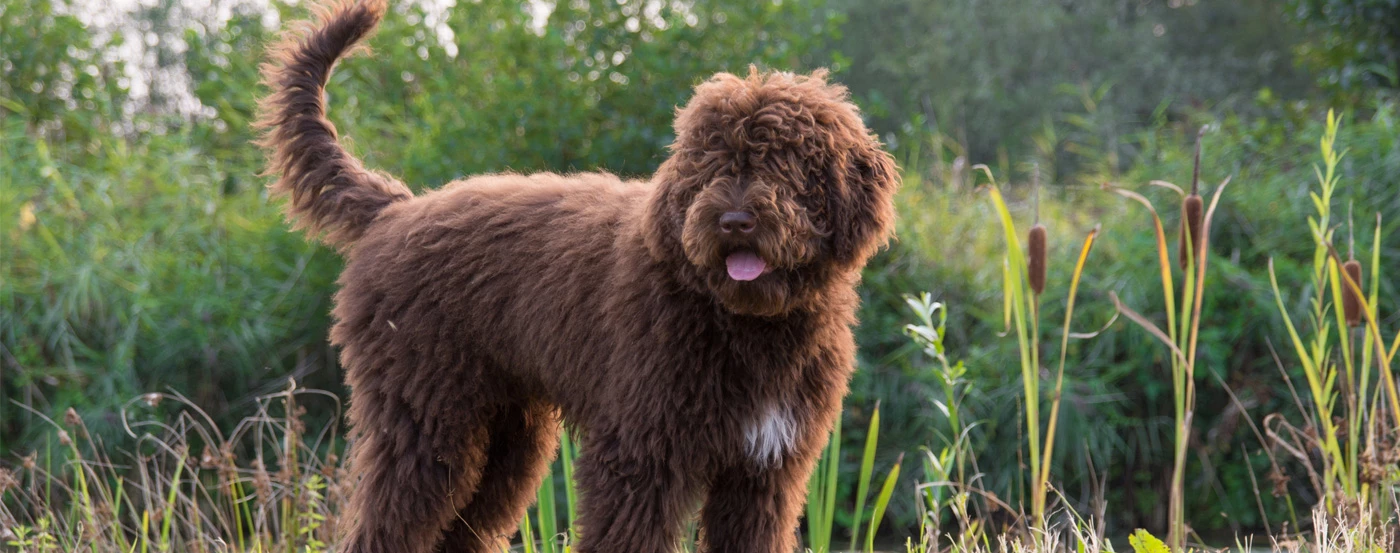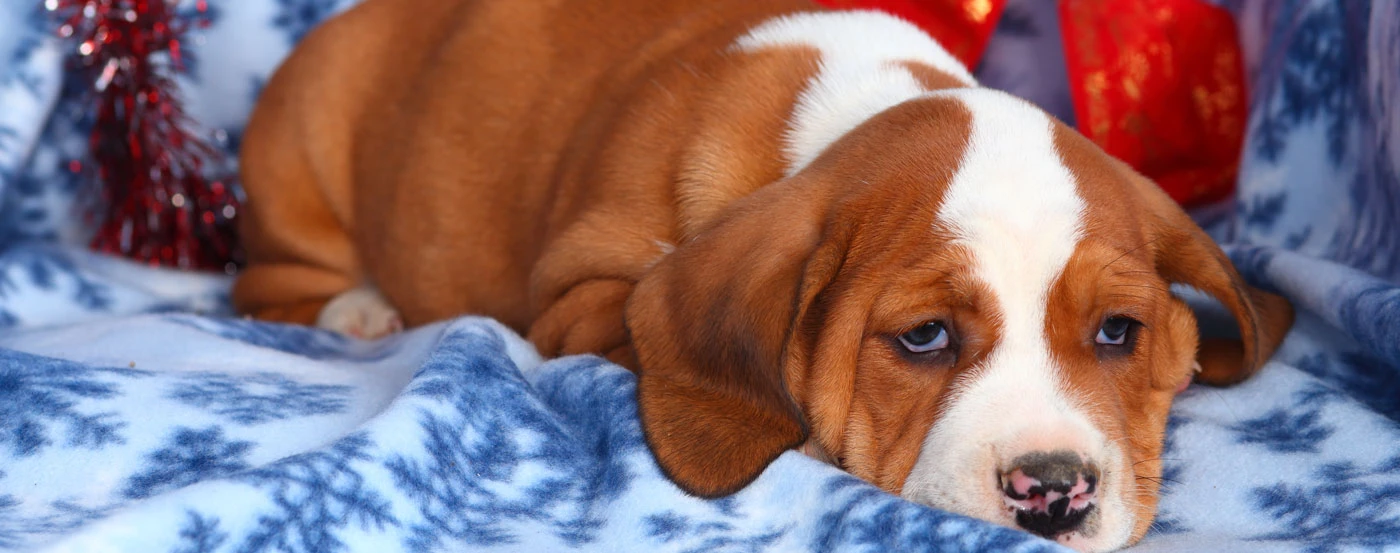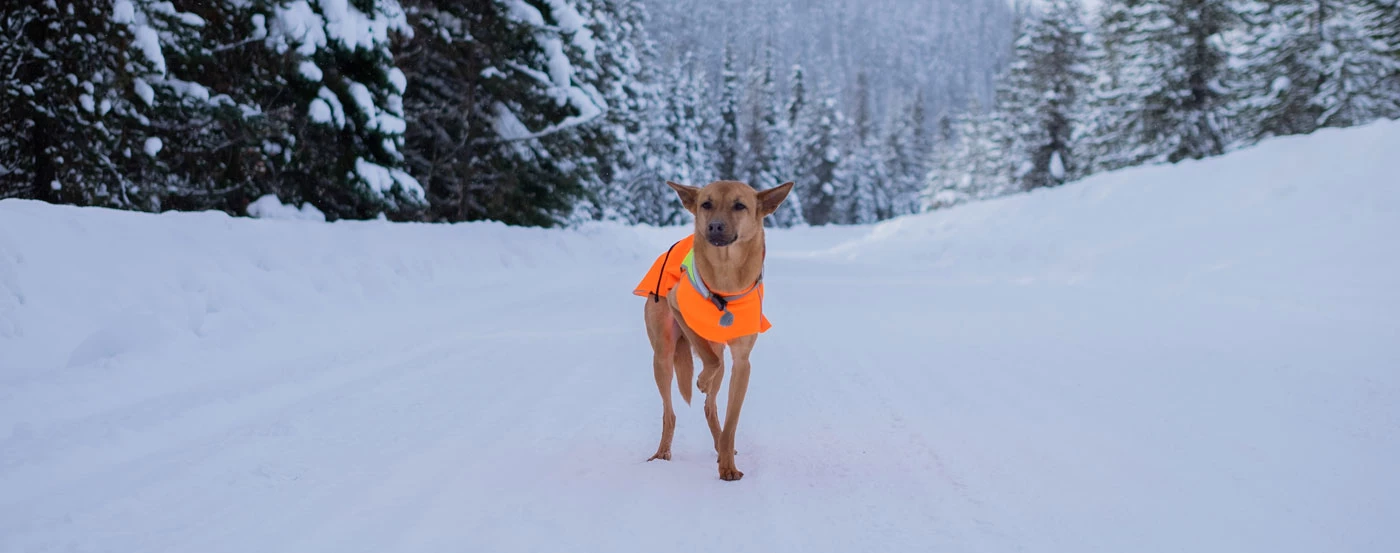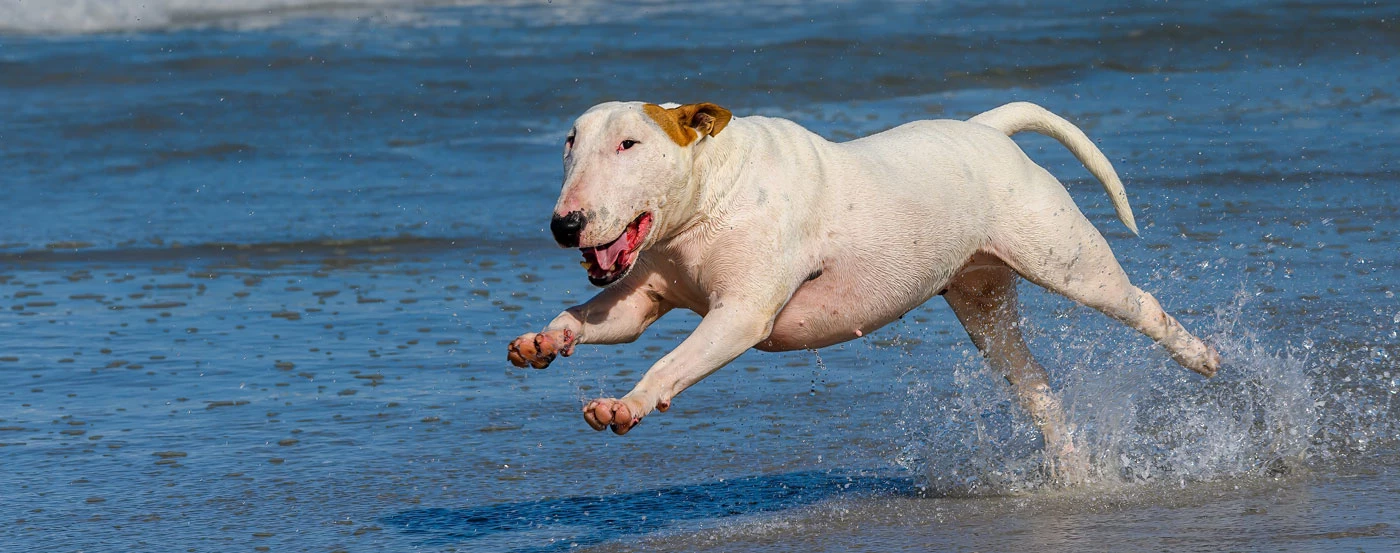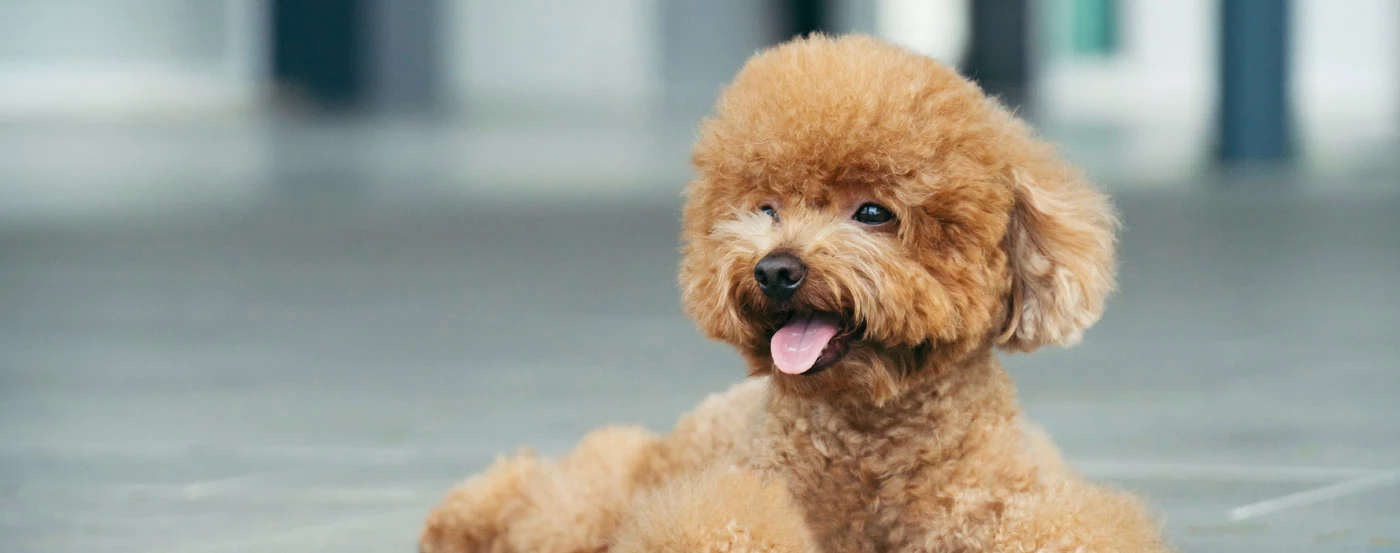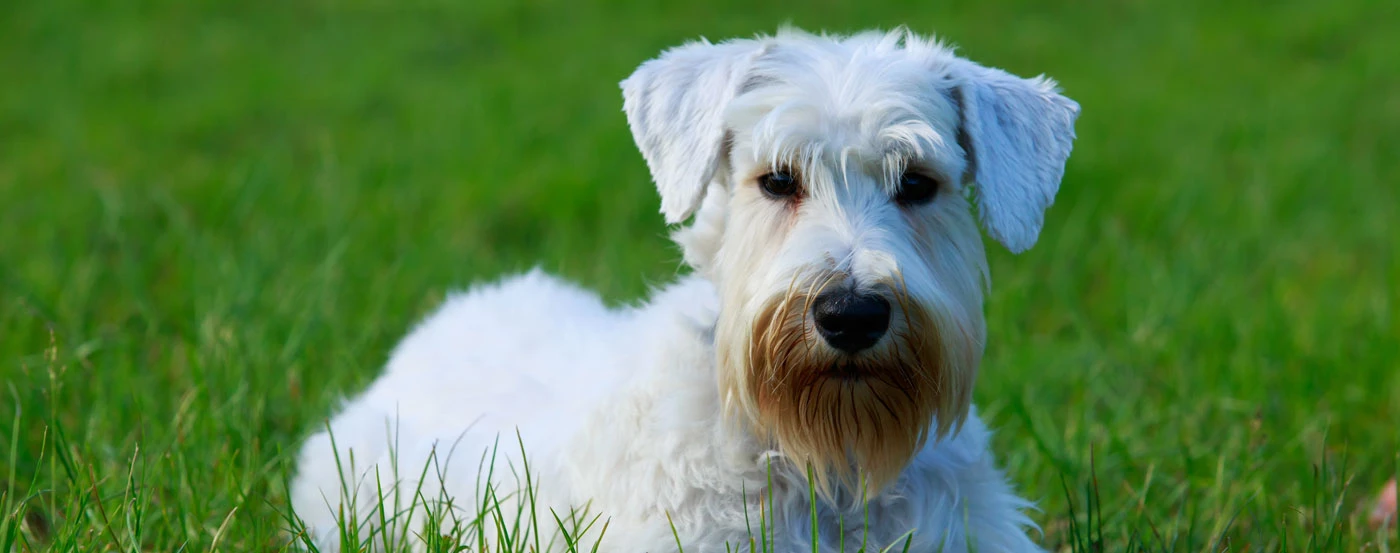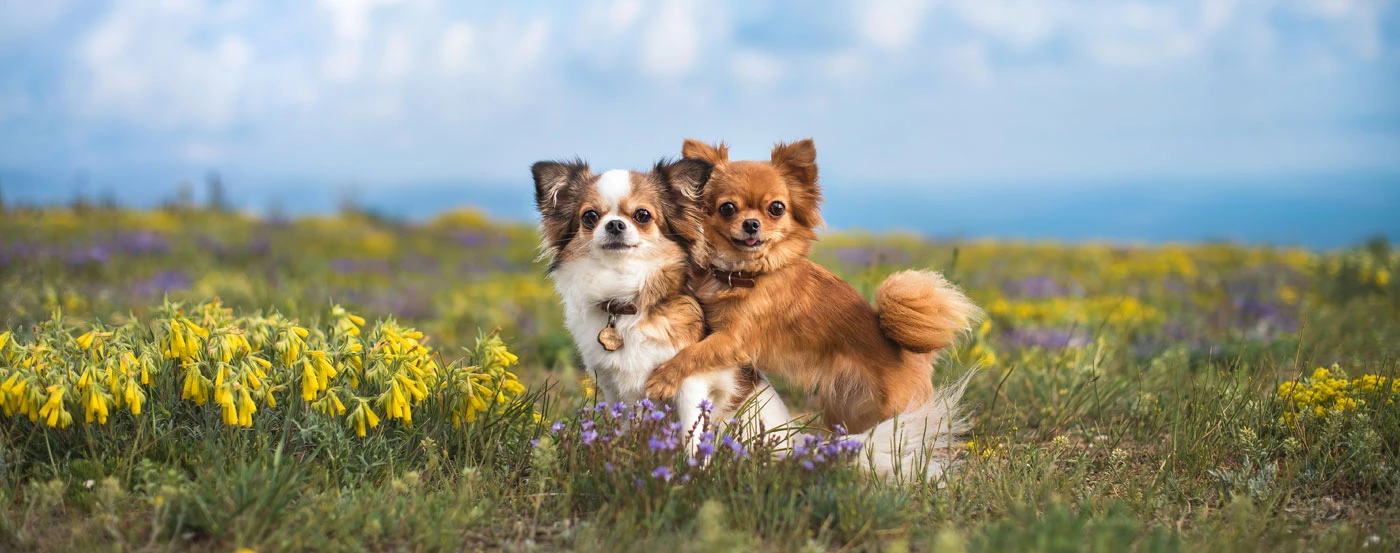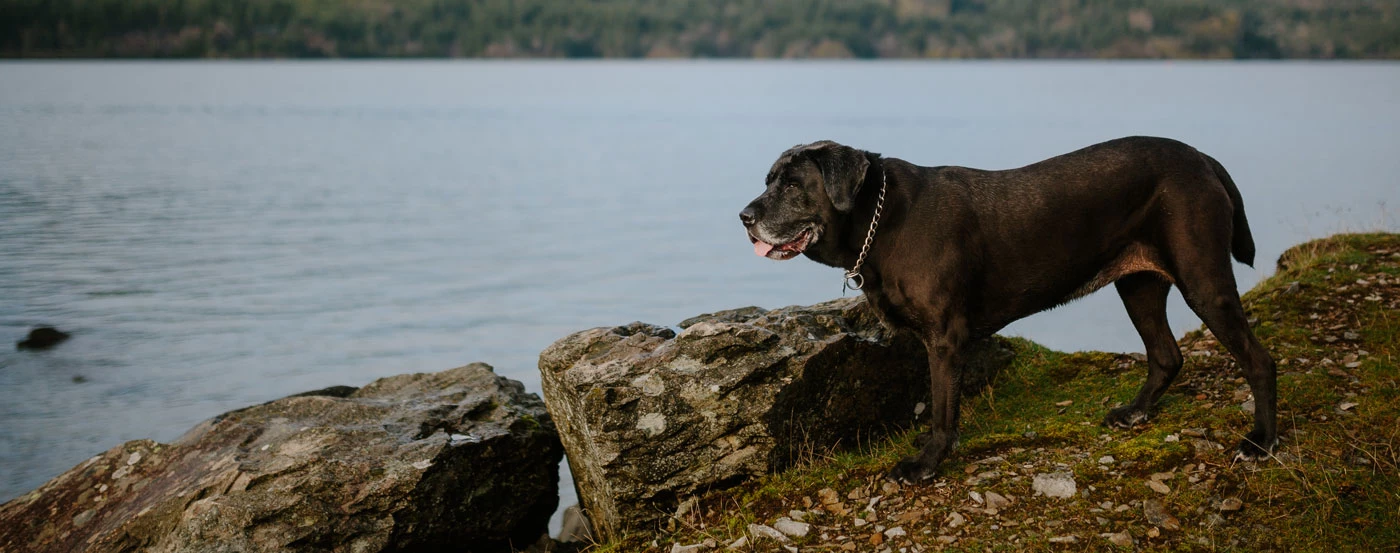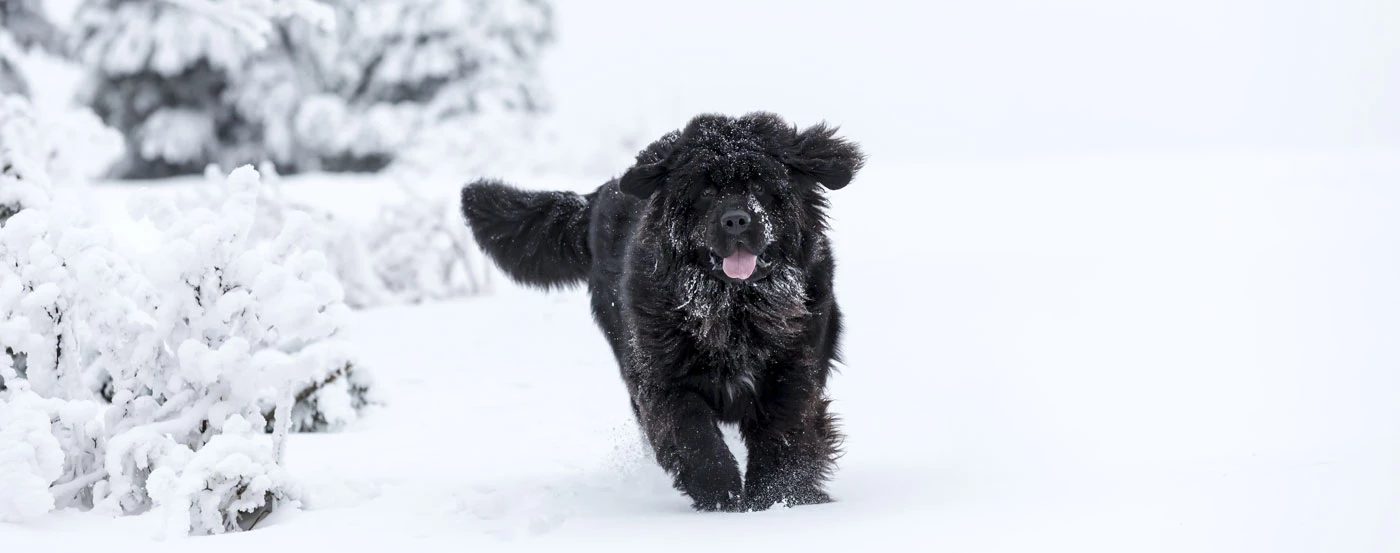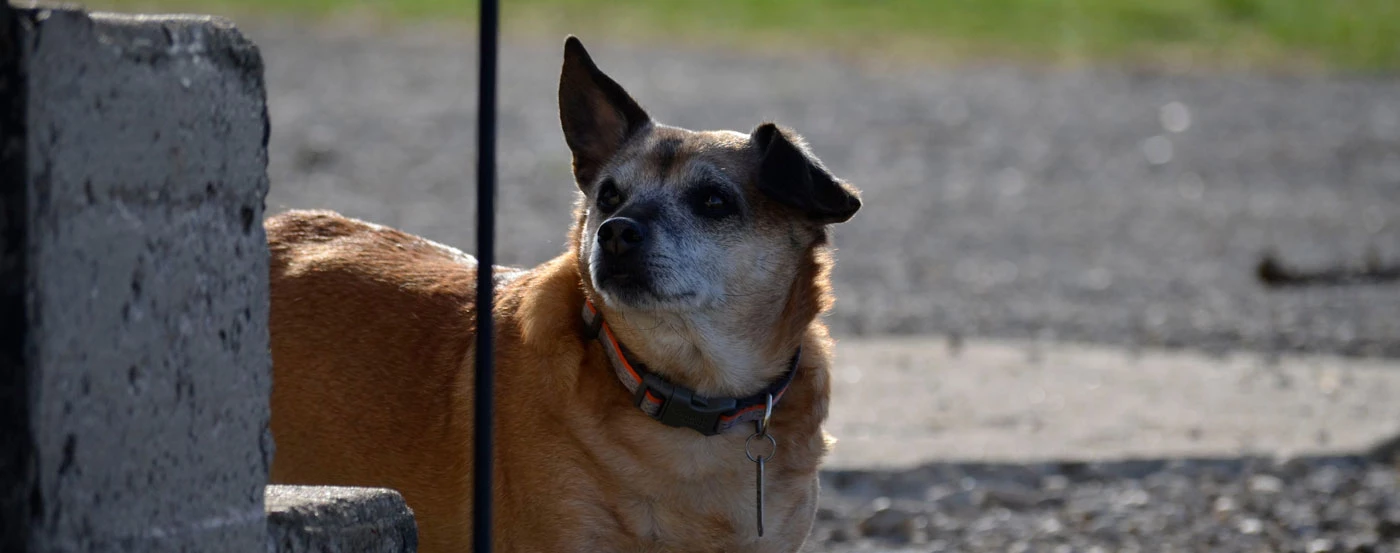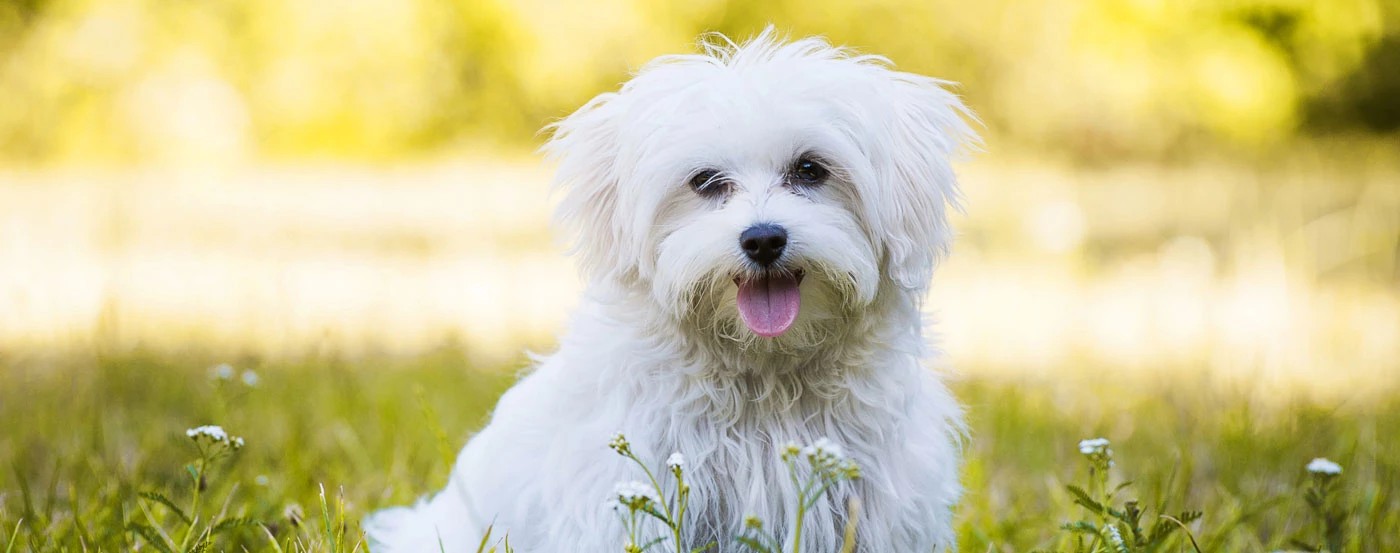About the Siberian Husky
It's easy to see why people all around the world adore the majestic wolf-like dogs we know as Siberian Huskies.
Free-spirited, intelligent, and social, Huskies require highly active, dedicated owners to match their athletic nature and need for companionship.
Want to find out more about this incredible dog breed? This guide will cover everything you need to know - from the Siberian Husky's origin to its grooming requirements. Read on!
Siberian Husky Gallery
What is the history & origin of the Siberian Husky?
The history of the Siberian Husky dog breed still remains a mystery, but DNA tests confirm that these majestic animals are among the oldest of dogs.
These dogs are believed to have ancestors among the Chukchi tribe (Siberian nomads). The Chukchi dogs were originally bred as winter sled dogs - a faster form of transportation. They also acted as family dogs, sleeping with the children and providing them with warmth and comfort.
In 1908 the Siberian Husky was introduced to Alaska. The Alaskan dog drivers quickly recognised these incredible creatures' abilities, using them during the Gold Rush and for sled dog races, starting the All-Alaska Sweepstakes (a 408-mile dogsled race).
According to records, the last Siberian Husky was exported from Siberia when the Soviet government closed its borders in 1930.
North America saw the Siberian Husky Breed continuing to thrive, even though they were no longer seen as Chucki native dogs.
Who are Siberian Husky dogs best for?
While Siberian Huskies are fun, friendly, and free-spirited dogs, they aren't suitable for everyone as they need both mental and physical stimulation, as well as a lot of attention.
They are high-maintenance and not the type of dog you can just leave in your backyard all day while you're at work.
If you consider yourself an active person, you will be a good match for a Siberian Husky, as they need plenty of regular long walks. And did I mention they LOVE to run?
For this reason, they need to be monitored closely and kept on a leash or harness at all times (unless in a large, secure enclosure).
Do you have other small animals like birds, rabbits, guinea pigs, and cats?
While Huskies are gentle with other dogs and humans, they still have very strong predatory instincts - so owners need to be very cautious and aware before bringing a Husky into their homes.
The Husky's versatile personality makes them a great companion for people of all ages, as long as they can commit to proper training and socialisation while the dog is still young.
How much grooming does a Siberian Husky need?
Many Siberian Huskies are remarkably good at self-cleaning, and they usually only require a few baths a year.
Huskies have a thick double coat - an undercoat and guard hair, that will need to be brushed weekly to stay shiny and in good condition.
These dogs shed their undercoat twice a year, so it's essential that you pay special attention to 'raking out' the old coat using a pin brush and metal comb daily during this heavy shedding period.
Their nails will also need to be trimmed regularly to avoid any foot problems.
If your Husky is going to take part in dog shows or dog sports, you will probably want to bathe them more often and groom them more selectively for the best appearance.
Do Siberian Husky bark much?
Wondering if Huskies bark a lot?
When compared to other breeds, they don't bark much at all.
But don't let this fool you; Huskies are known to be highly vocal dogs, communicating through howling, whining or 'talking'.
They have a large range of articulation and the remarkable ability to mimic human sounds!
Do Siberian Husky bite?
Almost all puppies tend to bite out of instinct, especially when they are playing. If you catch this bad habit early, you are more likely to have a very well-behaved Husky.
It's important to remember that consistency is key when it comes to training a dog. Here are a few effective tips for teaching your Husky puppy not to bite:
Firmly say "NO" followed by their name when your puppy starts to bite.
Try to seem upset or sad - they can comprehend facial expressions and body language.
Give them some chew toys (they may be teething).
What is the temperament & personality of a Siberian Husky?
Huskies are bursting with personality!
They are both loving and docile, yet independent and willful.
The breed's northern heritage is to thank for the Huskies' loyal, gentle and friendly disposition towards its human family. They are especially amazing with children!
These charming animals are intelligent, alert, eager to please and sometimes very independent-spirited! This once endurance-sled dog is nothing short of special.
What is the weight & size of a Siberian Husky?
With an adult dog, the average male Husky stands between 53 and 60cm tall at the shoulder, and the female is around 51 to 55cm tall.
Their weight can vary between 16 and 25 kg.
How much training does a Siberian Husky need?
With the Siberian Husky being no exception, all dog breeds benefit from early basic obedience training and socialisation with both other dogs and other people.
Huskies are typically very social dogs with an overwhelming desire to run, so it's essential that you don't leave them alone for long periods of time and that you don't let them off their leash when you're not in a securely fenced area.
For those who want to work with their Huskies in a harness, it will require hours of training, dedication, and patience. Consider consulting a professional about training for the trail.
What are some of the most common health issues for a Siberian Husky?
Fortunately, the Siberian Husky is generally a very healthy breed with few hereditary health issues, especially if they have been bred and raised by reputable breeders.
However, it's still important to be aware of possible health conditions that may arise.
In Huskies, common health concerns include:
Hip dysplasia
Eye problems - glaucoma, cataracts, progressive retinal atrophy (PRA)
Hypothyroidism
Nasal depigmentation
Osteochondritis dissecans (OCD)
What is the lifespan of a Siberian Husky?
The average life span of a Siberian Husky is 10 to 13 years, with females having a slightly higher life expectancy than males.
If well cared for, they can live up to 16 years.
According to claims on the internet by Husky owners, their dogs lived till 18 or even 19 years old! (These reports haven't been officially verified.)
How much should you feed a Siberian Husky?
If you want your Siberian Husky to live a long and healthy life, it's essential that you feed it high-quality food. This is also important for healthy skin and coat.
Since Huskies are working dogs, they require a lot of fuel to keep them going and a more protein-rich diet during the winter months.
It's always best to consult with your vet to make sure your Husky's individual nutritional needs are met and to be mindful about not overfeeding them to prevent excess weight gain.
What is the price of a Siberian Husky in Australia?
Depending on where you get your Husky from, the cost can vary greatly.
Purebred Husky puppies with the correct paperwork from a reputable breeder can cost you anywhere between $750 and $2000.
Prices for puppies with uniquely coloured coats and markings, for example, a Husky with a pure white coat and blue eyes, can be as high as $2500 or more!
Pros
- Usually good-natured
- Incredibly healthy
- Athletic and agile
Cons
- Howls a lot
- Heavy shedding
- Can be difficult to train
